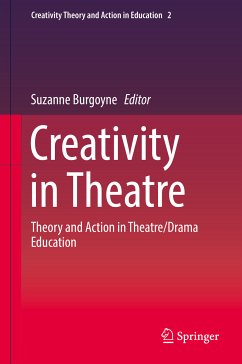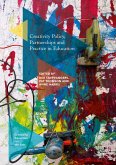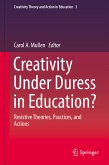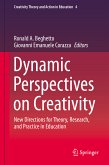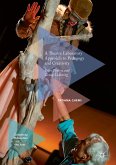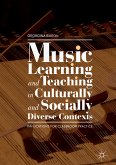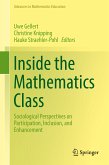The purpose of this volume is to bridge the interdisciplinary abyss between the study of creativity in theatre/drama and in other fields. Sharing theories, research findings, and pedagogical practices, the authors and I hope to stimulate discussion among creativity and theatre scholar/teachers, as well asmultidisciplinary research.
Theatre educators know from experience that performance classes enhance student creativity. This volume is the first to bring together perspectives from multiple disciplines on how drama pedagogy facilitates learning creativity. Drawing on current findings in cognitive science, as well as drama teachers' lived experience, the contributors analyze how acting techniques train the imagination, allow students to explore alternate identities, and discover the confidence to take risks. The goal is to stimulate further multidisciplinary investigation of theatre education and creativity, with the intention of benefitting both fields.
Dieser Download kann aus rechtlichen Gründen nur mit Rechnungsadresse in A, B, BG, CY, CZ, D, DK, EW, E, FIN, F, GR, HR, H, IRL, I, LT, L, LR, M, NL, PL, P, R, S, SLO, SK ausgeliefert werden.

